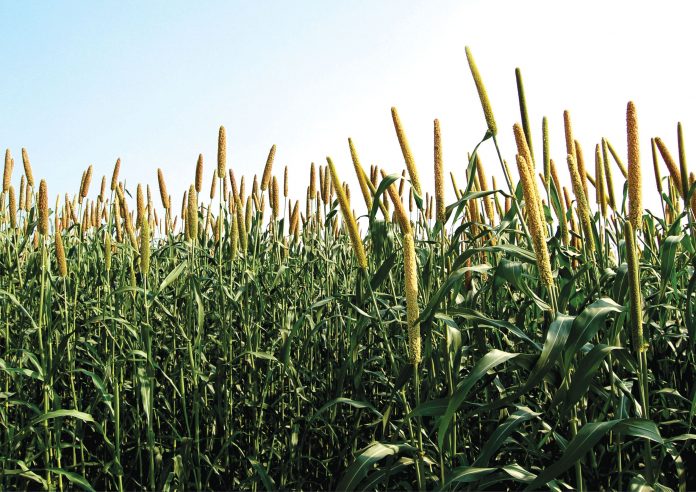As plastic waste has reached endemic proportions worldwide, minute plastic particles have been getting into our food. Even table salt and bottled water have been found to be contaminated with microplastics.
Unknowingly, every one of us consumes an estimated 52,000 tiny plastic particles a year, according to Canadian researchers. Meanwhile, according to research by the World Wide Fund for Nature, we each consume the equivalent of a plastic credit card every week what with all the microplastics in our diet.
It gets worse.
New research indicates that nanoplastics can accumulate in the tissues of plants, “which can have both direct ecological effects and implications for agricultural sustainability and food safety,” explain the experts behind it.
Nanoplastic particles can result from plastic waste degrading over time from weathering and other environmental factors until particles are often no larger than a protein or a virus, which is to say invisible to the naked eye. But it remains largely unknown what impacts these tiny particles have on living organisms. Read more…



